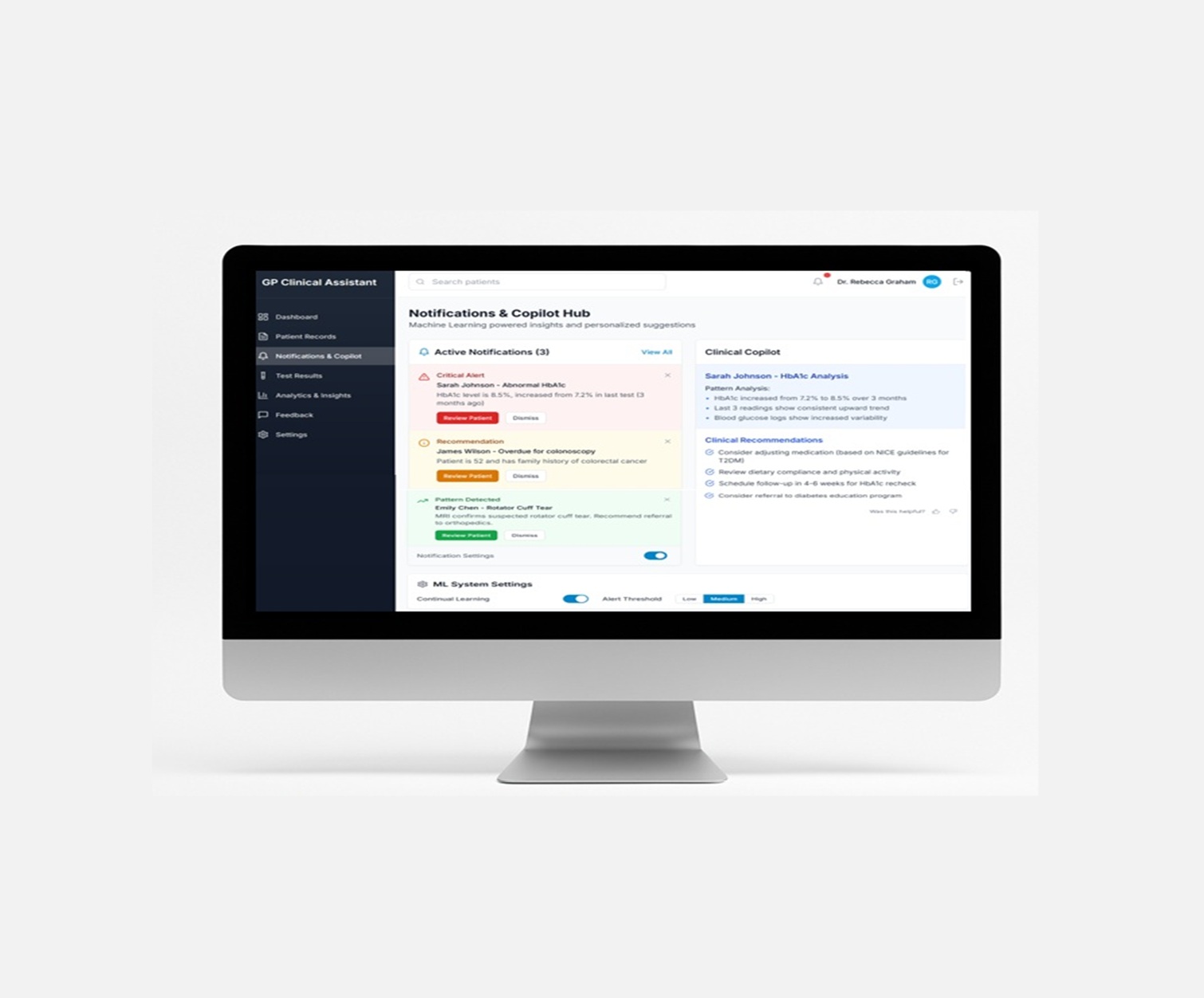Chronic kidney disease (CKD) is one of the most under-recognised threats to global public health. It affects more than 850 million people worldwide, including an estimated 1 in 8 adults in Ireland — most of whom are unaware they have it.
Unlike acute illnesses, CKD progresses slowly, often without noticeable symptoms until advanced stages. By the time a diagnosis is made, irreversible damage has often occurred, limiting treatment options and increasing the risk of kidney failure, cardiovascular disease, and premature death.
CKD is typically diagnosed through a combination of tests — estimated glomerular filtration rate (eGFR), urine albumin, and serum creatinine — all available within standard primary care settings. And yet, the condition is frequently overlooked.
Why? Because:
In effect, the system is reactive — waiting for overt signs of disease instead of acting on early data signals. That delay can cost patients years of healthy life.
CKD doesn’t exist in isolation. It accelerates other chronic diseases, particularly diabetes, hypertension, and heart failure. Patients with CKD are more likely to be hospitalised, require polypharmacy, and suffer complications that strain both lives and healthcare budgets.
Early-stage interventions are not only clinically effective — they are far more cost-efficient.
This is where modern digital tools can provide real value. When thoughtfully designed and integrated with clinical workflows, they can:
Rather than overwhelm clinicians with data, these platforms should elevate what matters — presenting subtle risk changes clearly, in context, and when action is still possible.
Early intervention for CKD might involve:
When action is taken early, kidney function can often be stabilised. Progression can be delayed. Quality of life can be preserved.
CKD is not inevitable. But catching it early requires more than guidelines — it requires better systems.
By using intelligent digital platforms to watch for risk in the background, clinicians gain an added layer of support: one that respects their time, integrates seamlessly, and helps them see the patient beyond the moment.
We know how to prevent kidney failure. What we need now is the infrastructure to do it — at scale, in practice, and on time.

Sign up to get early access and see how it works — before we go live.

“Follow the copywriting outline on every page. We made it ourselves, it’s battle-tested and you can be confident that it converts.”
Main benefit
Briefly expand on how this benefit will help your customers.
Second benefit
Briefly expand on how this benefit will help your customers.
Third benefit
Briefly expand on how this benefit will help your customers.